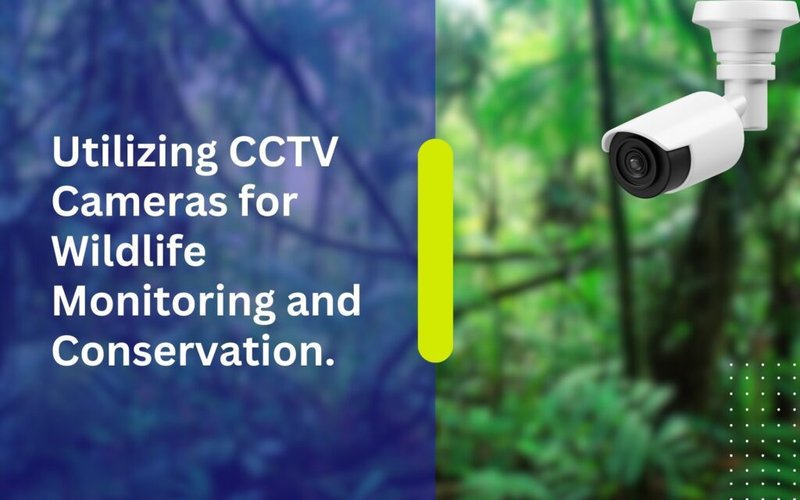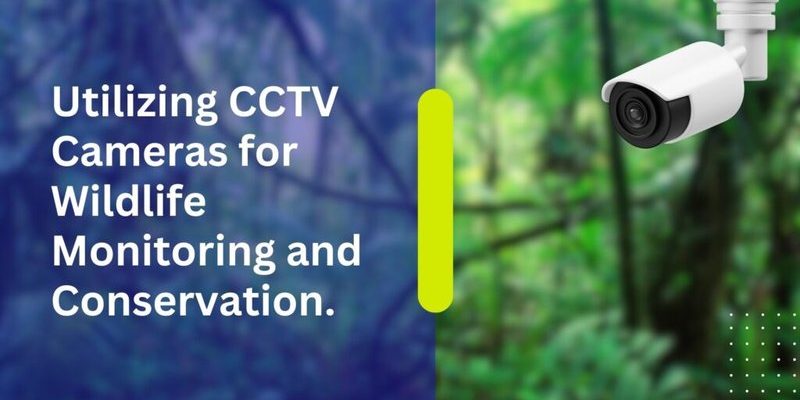
Imagine you’re setting up a hidden camera in your backyard. With a compact, remote wildlife camera, you can observe these pesky little guys without disturbing them. Brands like Bushnell or Browning make excellent options that capture high-quality images and videos of whatever crosses their path. So, how do you use these cameras to keep tabs on botflies? Let’s dive into the process, benefits, and all the nitty-gritty details.
What Are Botflies and Why Monitor Them?
Botflies are fascinating yet unsettling creatures. They lay their eggs on the skin of mammals, including dogs and even humans. The larvae then burrow into the host’s skin, leading to discomfort and sometimes serious health issues. *Yikes!* That’s why monitoring botfly activity is essential for wildlife health and management.
Why use wildlife cameras, though? Well, these cameras provide a non-intrusive way to observe botflies in their natural habitats without disrupting their life cycles. You don’t want to disturb their environment, right? Plus, monitoring can help researchers understand the conditions that lead to botfly infestations, allowing for better control measures.
Here’s the thing: by keeping tabs on botfly activity, we can also monitor the health of the ecosystems these insects inhabit. If botflies are affecting local wildlife, this could signal broader environmental issues.
Choosing the Right Wildlife Camera
When it comes to selecting a wildlife camera for monitoring botfly activity, the options are endless. You’ll want to focus on features that serve your specific needs, such as motion detection, video quality, and ease of use. Some popular brands like **Bushnell** and **Browning** offer reliable models that won’t break the bank.
Consider cameras with infrared capabilities. These allow you to capture clear images at night without startling the critters. You might also want to look for options that come with a long battery life because, let’s face it, you don’t want to keep checking to see if your camera needs a recharge.
Additionally, think about the camera’s range and angle. **Remote triggers** can be beneficial, helping to snap pictures only when something moves in front of the lens. This can give you more information about botfly activity without wasting battery life on still moments.
Basic Features to Look For
– **Resolution**: Aim for at least 1080p for sharp images.
– **Motion Detection**: Essential for capturing action without constant monitoring.
– **Battery Life**: Longer-lasting batteries mean less hassle.
– **Memory Capacity**: Check for compatibility with larger memory cards.
Setting Up Your Wildlife Camera
Now that you’ve picked out your wildlife camera, it’s time to set it up. First, find a good location. Look for areas where animals commonly pass through, like trails or water sources. These spots are prime for capturing interactions that might involve botflies.
Next, secure the camera at an appropriate height—usually about 3 to 4 feet from the ground works well. **You want to position it** so that it features a clear line of sight. Use a sturdy mounting bracket or strap it to a tree if necessary. Don’t forget to consider the **angle**. Slightly angling the camera downward can improve your chances of catching action on the ground.
Once it’s all set up, check your camera’s settings. You might want to do some trial runs to ensure it’s capturing the right footage. Make sure to **sync** it with your smartphone if the model supports it for easy access to your footage!
Common Troubleshooting Tips
– If your camera isn’t capturing images, ensure the batteries are charged and the memory card isn’t full.
– Make sure the motion detection settings are enabled and correctly adjusted.
– If the camera is too far from the pathway, consider repositioning it.
Collecting and Analyzing Data
After setting up your wildlife camera, the next step is to collect and analyze the data. After a few days or weeks, check the footage to see if you’ve caught any botfly activity. Look for signs such as animals scratching or showing signs of distress.
Analyze the patterns in the data. Are there particular times or conditions that correlate with increased botfly activity? For example, you might notice that certain temperatures or weather patterns lead to more sightings or infestations.
You might also consider sharing your findings with local wildlife organizations or community groups. Who knows? Your research could contribute to broader efforts in understanding and managing botflies in your area.
Data Analysis Techniques
– **Create a timeline** of sightings to spot trends.
– **Compare footage** over different seasons to identify patterns.
– **Cross-reference** with local wildlife reports to validate your findings.
Ethical Considerations
Before diving deeper into monitoring botflies or any wildlife, it’s crucial to consider ethical guidelines. Always prioritize the well-being of the animals and their habitats. Avoid any actions that might harm the local wildlife or ecosystem.
This means keeping your distance and not intervening in the natural behaviors of the animals you’re observing. Remember, the goal of using wildlife cameras is to learn more and protect the amazing ecosystems we have, not to exploit or disturb them.
Additionally, if you notice an unusual number of botfly infestations in your area, it might be worth reporting the findings to wildlife authorities. They can take further steps to ensure animal health and safety, while you continue documenting your observations responsibly.
Best Practices for Ethical Monitoring
– Maintain a respectful distance—don’t get too close to nesting sites or dens.
– Follow local laws and guidelines for wildlife monitoring.
– Be willing to adapt your practices based on what you learn about the species and habitat.
Final Thoughts
Using wildlife cameras to monitor botfly activity might not seem like a typical weekend hobby, but it can be incredibly rewarding. You’re not just capturing images; you’re contributing to the understanding of wildlife health and the dynamics of nature.
By choosing the right camera, setting it up effectively, and analyzing your findings responsibly, you can play an important role in wildlife observation. So grab that camera, head out into nature, and let the adventures begin! You never know what fascinating insights you might uncover about these tiny but impactful insects. Happy monitoring!

